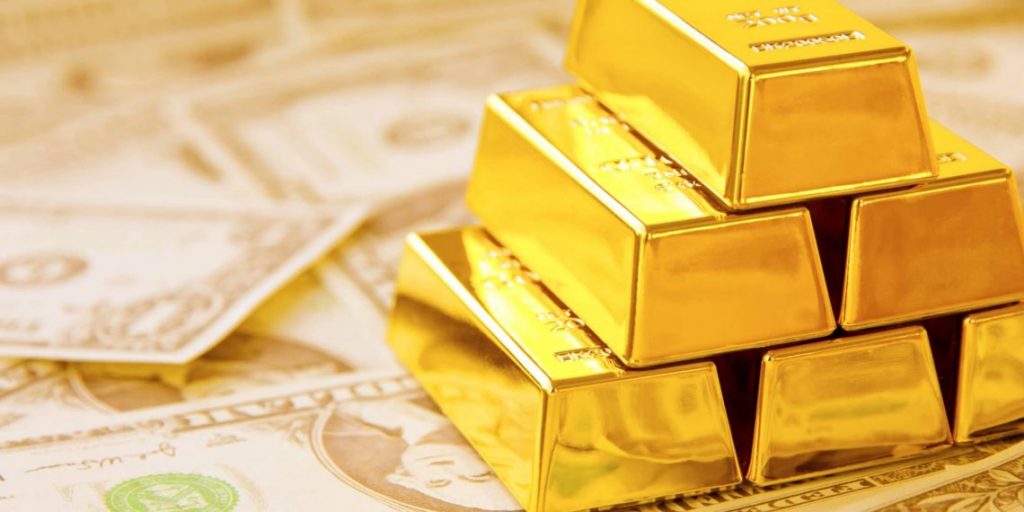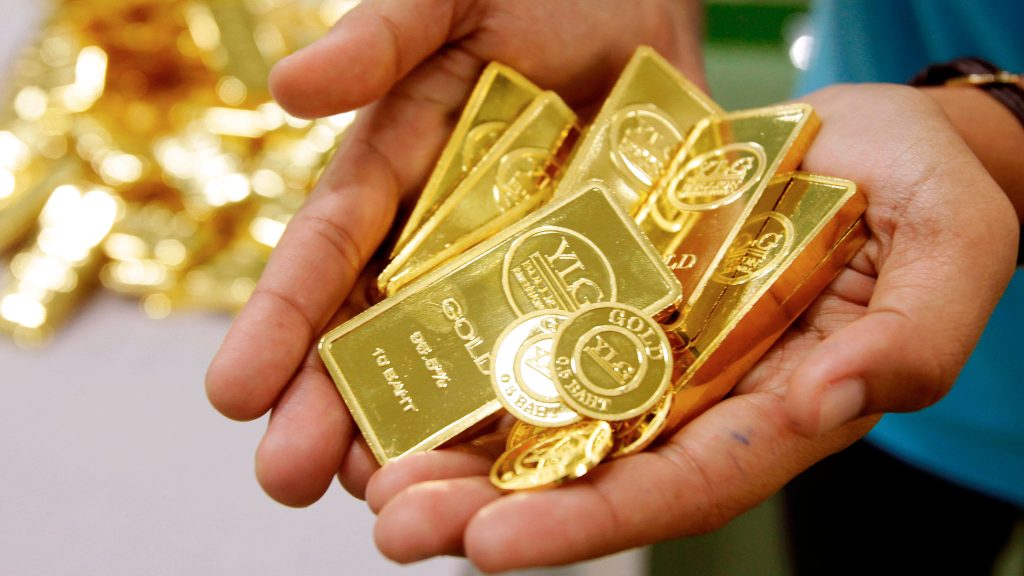
If you’ve been considering buying gold, you’ve probably heard about how great it is as a hedge against inflation, rising prices, and political and economic instability. But what about buying, storing, and selling the metal? Is it really worth the trouble?
Investing in bullion is a good hedge against rising prices
As inflation continues to rise, the best hedge against price increases is a diversified portfolio of different assets. These can include stocks, bonds, commodities, and real estate. Bullion is the most popular commodity in the world, and its intrinsic properties make it a great inflation hedge. When inflation increases, the value of bullion does not decrease and neither does the price of other assets. This means that if inflation rises, the value of bullion will stay the same or even increase.
While bullion is often touted as a good inflation hedge, its main benefit is as a cushion during periods of uncertainty. Putting your money in bullion in late spring of 2021 followed the CPI higher. Then it fell sharply, from $1,900 to $1,800. In the meantime, consumer goods prices rose, which boosted the price of bullion, but for a short time only. In the end, bullion prices dropped by 5%.

Although bullion is still a good inflation hedge, it comes with many opportunities for investors. Putting your money in bullion in the stock market has its benefits. While it protects an investor from rising inflation, it is still a risky asset.
When interest rates go up and inflation rises, bullion will lose its value as investors rush to other areas of the market. But there are many benefits of putting your money in gold, which you can learn from https://www.kingoldjewelry.com/. It will give you peace of mind as you plan your retirement.
While there are many benefits to owning gold as a hedge, the correlation between inflation and bullion may be weakening for a while. Inflation-related factors such as bond yields and U.S. dollar volatility could have more impact on bullion than the inflation rate, but bullion will regain its role as an inflation hedge as long as the current inflationary cycle continues. This correlation between bullion and inflation is likely to strengthen as the current inflationary period goes on. While this correlation may be weak in Japan, it is still significant.
Silva (2014) used annual data from 1973 to 1983 to determine a positive correlation between bullion prices and US inflation. Bialkowski and Panagiotidis (2015) show that inflation is a fundamental determinant of bullion prices. In their recent study, Wang et al. (2015) show that gold can fully hedge headline and core CPI in the long run.

It is a good hedge against inflation
The correlation between gold prices and the consumer price index (CPI) is one of the most popular arguments in favor of bullion as a hedge against inflation. While this relationship may seem strong, it isn’t backed by the data. Bullion prices should have stayed fairly steady over the last 50 years, but over this time, the ratio has fluctuated between a low of 1.0 and a high of 8.4.
Inflation is the general increase in prices of many different goods and services.
By putting your money in bullion, you’re protecting yourself from the decreased purchasing power of your money. The CPI is a measure of the rate of inflation, and bullion prices follow the CPI. A negative inflation rate can make bullion shine. The negative CPI coefficient is especially useful in times of inflation, when the value of the dollar declines in relation to the value of gold.
The relationship between gold prices and the CPI has long been a topic of controversy. There’s no single study that demonstrates the connection, but recent research shows that bullion prices are positively related to inflation, and that the CPI is a fundamental determinant of bullion’s value. Similarly, Wang et al. (2011) found that gold is a good hedge against inflation, albeit not a perfect one.
While physical gold can be a good hedge against inflation, investors should also consider other investments with higher risk and higher returns. Putting your money in fine wine bottles is a profitable way to invest in fine wine and has a lower volatility than the stock market. In fact, during the past fifteen years, fine wine has generated a 13.6% annualized rate of return, which is significantly higher than that of bullion.

It is a good hedge against political and economic uncertainty
When the world faces uncertain political and economic circumstances, it is a safe haven to invest in bullion. When political instability erupts, more people turn to bullion for investment, raising the price. This happened with the Eurozone crisis in Europe in the beginning of 2009. The sudden collapse of the Euro devastated countless nations and plunged them into debt.
As gold is a stable asset, putting your money in it can provide bigger profits in the long term. Historically, gold has acted as an excellent hedge against inflation. Bullion has historically exhibited an inverse relationship to economic growth and equities. While equity is a good hedge against inflation, bullion performs well when debt instruments do poorly. For example, gold has done well during the global financial crisis of 2008.
Moreover, this period will experience two major financial crises and a pandemic, all of which will put pressure on the price of gold. The price of bullion is inversely related to the value of the U.S. dollar. A stronger U.S. dollar keeps bullion’s price lower while a weaker one drives it higher. Inflation is a problem that threatens the global economy, and bullion’s price tends to go up during inflation.
As a result, gold prices are expected to increase when the value of the dollar declines. A study by Salisu et al. in 2021 showed that a bullion portfolio in times of pandemic and epidemic risks was a safe haven. The study also examined how equity markets and health risks were affected.
